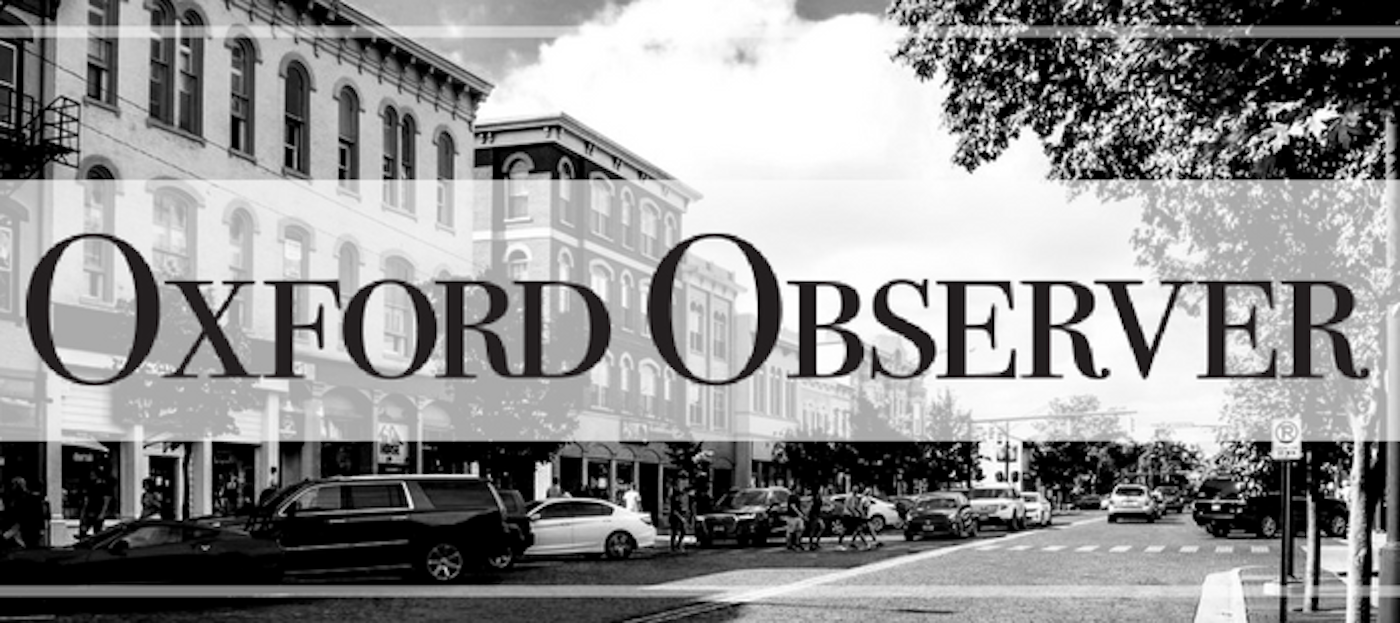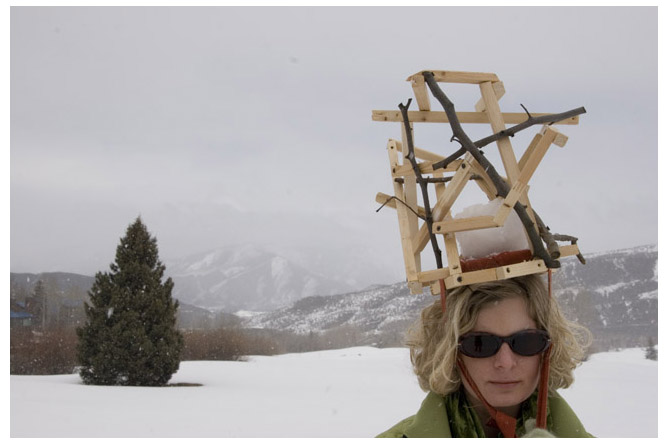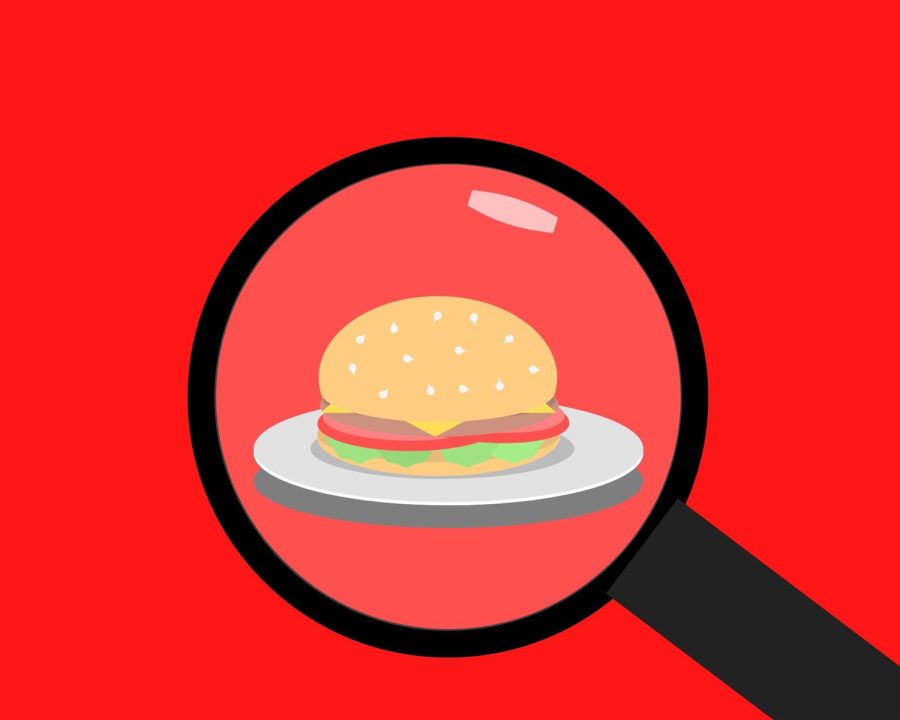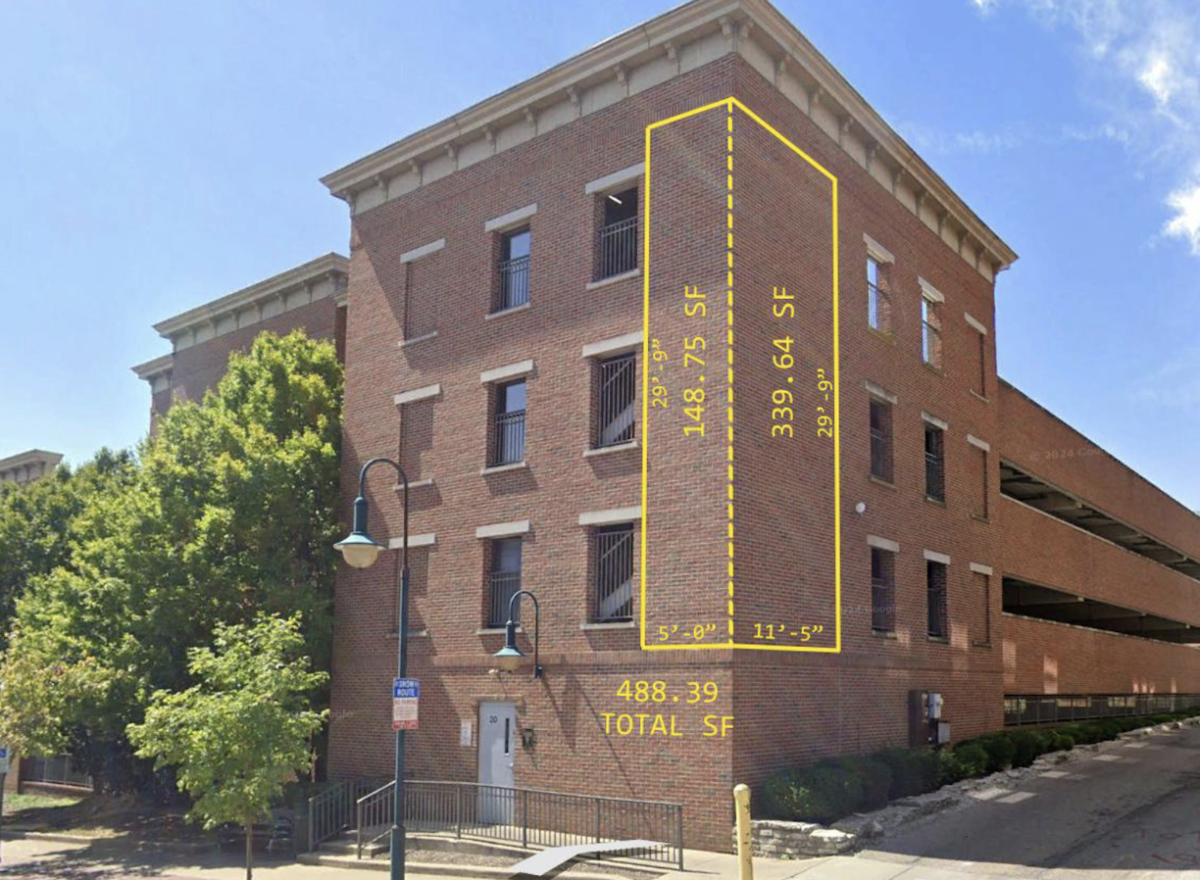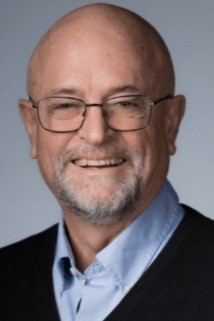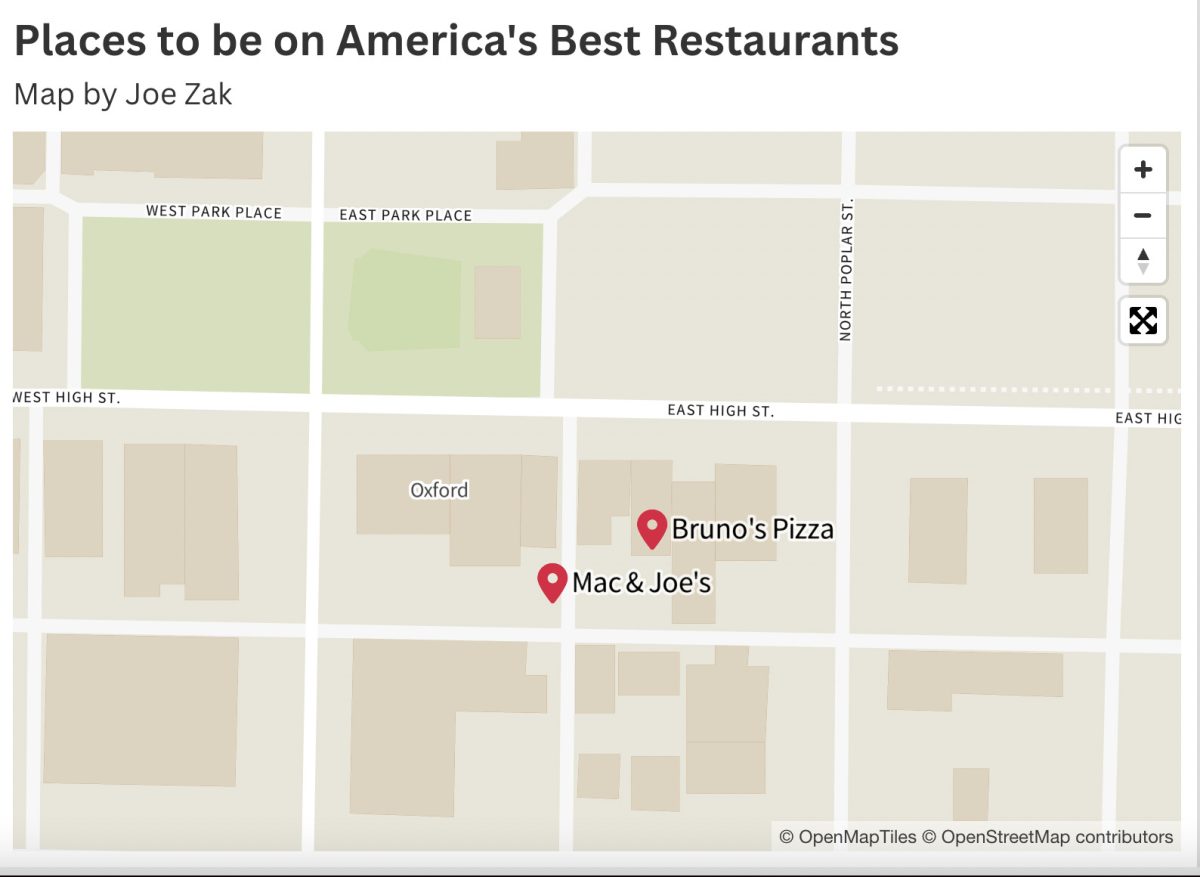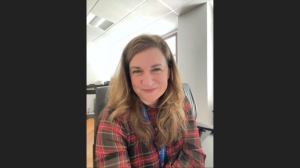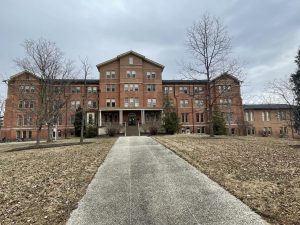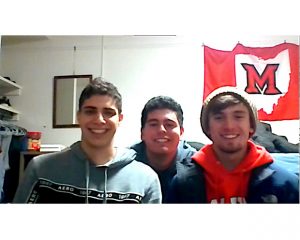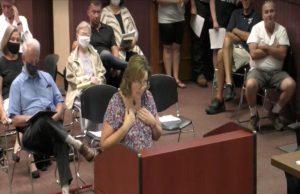Professor finds unique ways to teach art amid pandemic
Miami artist Tracy Featherstone, modeling her “snowball collector” hat, one of many interactive pieces of art she has created.
November 25, 2020
Go to local multimedia artist Tracy Featherstone’s website – tracyfeatherstone.com – click on the “About” tab, and you’ll see her on a snowy mountain, wearing a spiky, wooden contraption on her head.
“That’s a wearable sculpture that lets you collect snowballs!” Featherstone explained.
Snowball-collecting is one of Featherstone’s interests. Since 2003, Featherstone has taught printmaking, color theory and art discussion classes at Miami University. Blending her printmaking abilities with sculpture, Featherstone constructs wooden geometric shapes to create abstract wearable forms.
That wooden snowball-collector she flaunted was part of “Envirotouchers,” an interactive sculpture collaboration series with artist Krista Connerly, with whom Featherstone taught in Grand Rapids, Michigan. Their collaboration included works such as human-sized sleeping bags and backpacks constructed from tree roots. Featherstone and Connerly utilized just about every creative idea in their wearable sculptures.
“We made sculptures that had an ‘inter-relationship,’” Featherstone said. “That wearable sculpture allowed you to collect snowballs, and have a relationship with your environment!”
Featherstone had always known of her creative side. Before settling in her home studio in nearby Hamilton, Featherstone had “either wanted to be a cowgirl or an artist.” Her studies progressed toward the latter, taking art-teaching positions from China to Luxembourg, exhibiting her abstract installations internationally and hosting art seminars in Miami’s Hiestand Hall galleries and studios.
In the fall of 2020, former printmaking instructor Ellen Price retired after teaching in the Hiestand for 33 years and Featherstone gladly took up her position with a new screen printing class.
“I have always admired Professor Featherstone’s artwork,” said Price. “The themes and content she explores are highly relevant to me.”
With Featherstone picking up intaglio, an engraving technique, and monoprinting, which allows the production of only one piece rather than multiple copies, Price said she felt grateful to have Featherstone’s energy, and she was generous in sharing her considerable printmaking experience in both classes.
“She expresses her ideas in innovative and unexpected ways,” said Price.
However, the COVID-19 pandemic forced Miami’s public-use workspaces to follow strict safety guidelines. The Hiestand followed suit.
Take it from sophomore graphic design major Soren Melbye, who used to rely on the Hiestand studio space for his work before having to operate separately.
“(Hiestand) is pretty nice because of the way you can organize classes in the layout and the open space,” Melbye reflected. “Now, I don’t have any in-person classes anymore, and the building is more or less abandoned any time I’m there.”
While Melbye still uses the Hiestand for his letterpress projects, he just doesn’t see the same spirit for his in-person art lessons.
“It’s harder for me to take it seriously when I’m in front of a computer instead of an auditorium,” Melbye said.
Featherstone appreciates the restrictions felt by her students because of the pandemic restrictions.
“I’m a very prolific artist, but for the first time, I was really suffering,” Featherstone said. But while Featherstone needed to revise her lesson plans, she found ways to get around the obstacles created by online work.
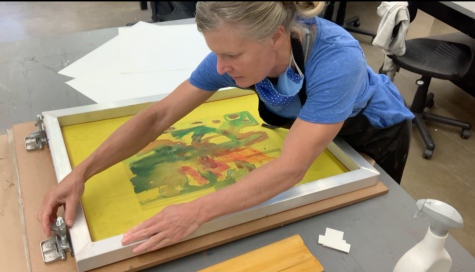
“There were a lot of things going on, and focusing on my creative output was not the sort of thing to do,” Featherstone added. “But I flipped the shop, and that made me feel good.”
And “flip the shop” she did. Since her print students could not access the Hiestand’s screen print studios, Featherstone’s class made DIY home studios of their own. The class now tunes in to Featherstone’s live virtual lectures and constructs squeegees out of socks and cardboard. In Featherstone’s lectures, “screen students use their bathtubs” to rinse their designs.
“Instead of more technical processes, we are now doing processes that require little resources,” said Featherstone.
Similarly, Featherstone had to work around her weekly art forum lecture, where independent artists present their work to visitors and answer their questions directly.
Most of the artists speak on behalf of their exhibition openings in Hiestand, where there used to be catered gallery parties and live music every week. Under COVID-19, however, all artist lectures have been virtual, and there are no more brass bands and lively conversations.
But Featherstone has seen the pandemic’s limitation as an unlikely solution for the forum’s original long-distance problems.
“The cool thing that’s happened with COVID is that we can capitalize on all of these unknowns,” Featherstone believes. “We have a small honorarium that we can give to these artists. But now that we can Zoom, we can give the honorarium to people who travel. Now, people from California don’t have to get a hotel to come (to Oxford).”
The strains of working as an artist may be holding Tracy Featherstone back, but that’s not stopping her from rethinking her art and teaching other aspiring artists to work independently. To Featherstone, maybe young artists should face the challenges in their lives directly, and crushing them up into a new learning experience, like making a snowball and keeping it close by.
As Featherstone reflects, “I’m always so surprised about the generosity in the art field. It’s hard; you want to be a good teacher and you also want to be supportive of the students. That [knowledge] can be empowering a little bit and knowing you can do it, instead of getting dumped out of undergrad.”

